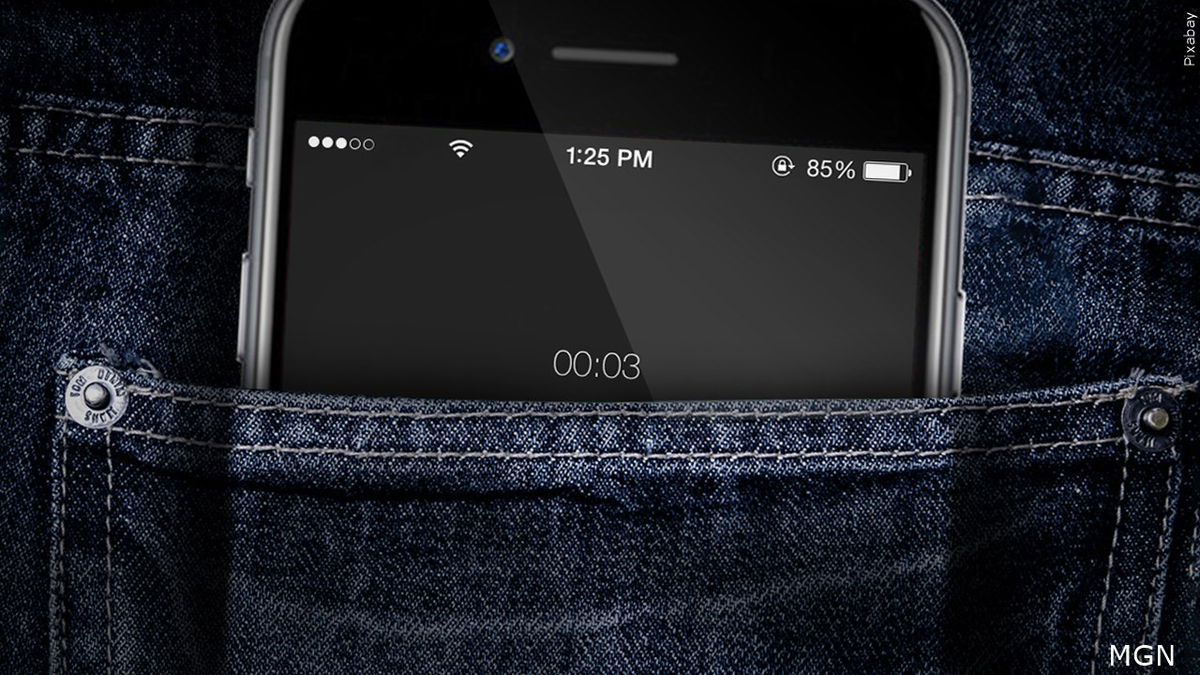The unique way you walk could help protect your phone from thieves: study

By Tom Yun, CTVNews.ca writer
Click here for updates on this story
TORONTO, Ontario (CTV Network) — A recent study has found that smartphone motion sensors could be used to identify an owner’s manner of walking to help authenticate the device and potentially prevent thefts.
Researchers in the U.K. published their findings in the journal Computers & Security last month. Their study involved 44 participants, who were all given an Android smartphone with motion tracking software installed.
Each participant was asked to keep the phone in a belt holster for seven to 10 days ask the phone’s accelerometer and gyroscope recorded their gait, which refers to their unique style of walking.
An average of 4,000 samples of activities were generated by each participant, which involved everything from fast walking to going up and down stairs.
The software that the researchers developed was able to accurately identify an individual’s gait with 85 per cent accuracy on average. When the user was walking at a normal speed or fast walking, the accuracy rate was almost 90 per cent.
The accuracy was a bit lower when participants were climbing or descending stairs, hovering at around 25 per cent.
“As smartphones have developed, security controls have had to advance significantly. This has led to a significant rise in user authentication, where users repeatedly need to authenticate both their devices and the numerous apps they contain,” co-author Nathan Clarke said in a news release.
The researchers say it’s the first real-world example of gait authentication being used for smartphones.
“Gait authentication has emerged as a non-intrusive way of capturing a necessary level of personal information, but – until now – all tests of it have taken place in a controlled environment,” Clarke said.
Having smartphones that could identify its owner based on their walking pattern could compliment other authentication mechanisms, such as passwords, PINs, facial recognition and fingerprint scanning, the researchers say.
“Gait recognition alone will not be the answer to usable and convenient authentication, however it could form a critically important tool within the cyber arsenal that could contribute towards creating a stronger awareness of a user’s identity,” he said.





